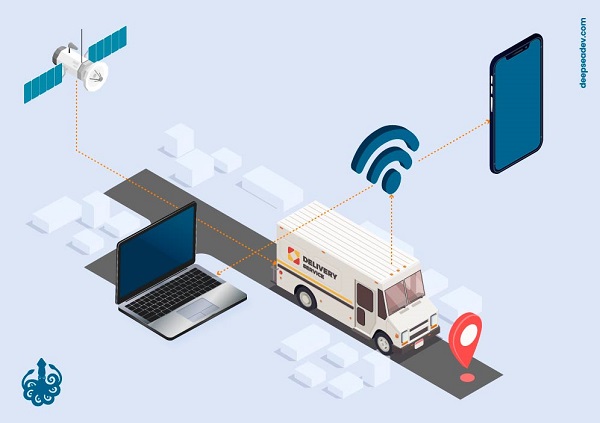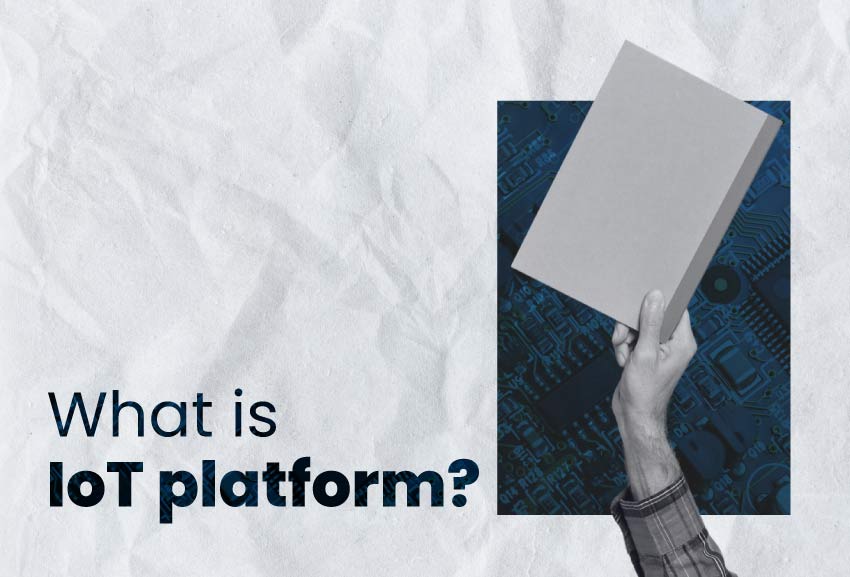Fleet tracking is gaining ground in the logistics area, since companies know the importance of IoT fleet management, and it is necessary to find new ways to improve their operational processes to keep competitive in the market. This is why we are going to explain here what is fleet tracking, and how it works with IoT.
What is Fleet Tracking?
Fleet tracking refers to the process of monitoring and managing a fleet of vehicles using advanced technologies. It involves the use of GPS technologies, sensors, and platforms to track and monitor vehicles.
By installing fleet tracking devices in vehicles, businesses can accurately determine their location, speed, fuel consumption, engine and driver’s performance, and other relevant parameters that are useful for optimizing operations and improving efficiency.
Thanks to the Internet of Things, fleet tracking has undergone a transformative shift, enabling businesses to gain unprecedented control and insights into their fleet management processes.
How does fleet tracking work with IoT?

Through IoT technology, fleet tracking systems can seamlessly connect to the internet, enabling constant communication between vehicles and the platform that displays all data about the vehicle’s location. This connectivity empowers businesses with the ability to remotely track, manage, and optimize their fleet operations in real-time.
For example, IoT devices can be used to monitor the temperature of a vehicle’s engine. If the engine temperature gets too high, the IoT device can send a notification to the fleet manager. This allows the fleet manager to take corrective action and schedule maintenance, in fact, it is also possible to carry out IoT predictive maintenance with the collected data from the fleet tracker.
IoT devices can also be used to monitor the location of vehicles. This information can be used for route planning, leading to the potential route optimization.
For instance, if a fleet manager knows the location of all of their vehicles in real time, they can use the fleet monitoring software to reroute vehicles around traffic congestion to avoid delays in deliveries. This can save time and money; and also builds the reputation of the brand.
Data collected thanks to fleet tracking
The fleet tracker software gets a lot of information from the IoT device, which collects GPS coordinates, speed, mileage, engine performance, battery status, fuel consumption, and driver behavior, and transmits the data wirelessly to a central server or cloud-based platform, where it is processed and analyzed (see vehicle tracking benefits).
Let’s see what businesses can do with the fleet tracking data:
Real-Time Monitoring and Analysis
Fleet managers can access a user-friendly dashboard or application that provides real-time monitoring and analysis. They can visualize the location and status of each vehicle on a map, track routes taken, and monitor driver behavior such as harsh braking or exceeding speed limits. This level of visibility enables prompt decision-making and quick response to incidents or deviations from planned routes.
Automated reporting and alerts
IoT-enabled fleet tracking systems can generate automated reports and alerts based on predefined parameters. Fleet managers can set up customized reports to receive insights on vehicle utilization, fuel efficiency, maintenance schedules, and compliance.
Alerts can be configured to notify managers in real-time about events such as speeding, unauthorized vehicle use, or maintenance requirements. These automated features streamline operations and enable proactive fleet management.
Check fleet status
With the help of the fleet tracking service, people in charge can constantly monitor the conditions of each vehicle (see how to manage a fleet of trucks).
For instance, they can check the status of the battery, analyze the voltage, and usage, and make adjustments when necessary; this is crucial for ensuring on time deliveries.
Trip reports
With a good vehicle tracking system, companies can identify easily how their fleets are performing, and create reports for the management area. Logistics businesses will be able to access trip reports on a daily basis, and keep track of the operations.
Final thoughts on fleet tracking
In the United States, the fleet management market size is expected to reach USD 16.9 billion by 2025. Fleet tracking plays a big role in ensuring a good performance of logistics businesses, and companies that want to stand out in the market need to rely on new technologies to satisfy their customers.
Thanks to the Internet of Things, the data it collects and the benefits of fleet tracking, there are many companies that are developing and selling products to attend this market. After seeing its potential, are you interested in developing or upgrading a GPS fleet tracking device?




